New US-led coalition launches Operation Sentinel to protect Persian Gulf shipping
Large naval vessels will provide overwatch at chokepoints, smaller vessels will patrol key transit lanes, and airborne assets will monitor traffic in the Persian Gulf
A new U.S.-led naval coalition on Thursday, November 7 officially launched operations from its Bahrain headquarters to protect shipping in the troubled waters of the Persian Gulf, after a string of attacks that Washington and its allies blamed on Iran.
The coalition, aimed at warding off the perceived threat to the world’s oil supply, has been in the making since June. Iran, which has denied any responsibility for the attacks, has put forward its own proposals for boosting Gulf security that pointedly exclude outside powers.
The new mission, dubbed Operation Sentinel, will see vessels escorted through the Strait of Hormuz, the strategic chokepoint at the head of the Gulf and the main artery for the transport of Middle East oil.
It is designed to “ensure freedom of navigation and free flow of commerce in international waters” throughout the Persian Gulf, Strait of Hormuz, the Bab el-Mandeb Strait and the Gulf of Oman, U.S. Central Command said in a release.
Large naval vessels such as frigates and destroyers – Sentinels – will provide overwatch at chokepoints, smaller vessels – Sentries – will patrol the key transit lanes, and airborne surveillance assets will monitor traffic through the highest risk areas, the CENTCOM release said.
Vice Admiral Jim Malloy, commander of U.S. Naval Forces Central Command, U.S. 5th Fleet and Combined Maritime Forces, said Operation Sentinel is a defensive measure aimed at protecting Gulf waters.
“While Sentinel’s operational design is threat-based, it does not threaten,” he said during a ceremony at the IMSC’s command centre.
The command center in Bahrain will be a “central hub to enable coordination of the information gathered from our navies and partners in industry to create a shared operating picture,” Malloy said. “This will then inform naval operations, directed from this headquarters.”
“We employ capable warships on patrol, but there is no offensive line of effort in this construct, other than a commitment to defend each other if attacked,” Malloy said. “Our commitment to the region isn’t short-lived, it is enduring, and we will operate as part of Sentinel for as long as it’s needed – as long as the threat looms.”
Rear Admiral Alvin Holsey was appointed as Coalition Task Force Sentinel’s commander.
Gulf island state Bahrain, which hosts the U.S. Navy’s Fifth Fleet, joined the International Maritime Security Construct in August. Saudi Arabia and the United Arab Emirates followed suit in September.
Australia and the United Kingdom are the main non-Gulf countries to have agreed to send warships to escort shipping. The newest member, Albania, joined on Friday.
Most European governments are reluctant to participate in the naval coalition, fearful of undermining their efforts to save the landmark Joint Comprehensive Plan of Action nuclear deal with Iran that was signed in 2015.
Animosity between Tehran and Washington has soared since President Donald Trump last year unilaterally abandoned the JCPOA and reimposed crippling U.S. sanctions.
Indeed, the U.K. move to join the IMSC and participate in Operation Sentinel appeared to mark shift in policy under new Prime Minister Boris Johnson. In July the U.K. said it wanted to form a European-led maritime mission in the Gulf. Then-Foreign Secretary Jeremy Hunt said that plan could complement U.S. proposals, but that the U.K. would not be “part of the U.S. maximum pressure campaign on Iran,” because the U.K. supports the preservation of the nuclear deal.
The new naval operation is in addition to an international maritime task force already in place in the Persian Gulf under the auspices of the 33-nation Combined Maritime Forces, also based in Bahrain and also under U.S. command.
Combined Task Force 152 is designed to enhance naval cooperation in the region, conducting maritime security operations operates and coordinating security cooperation with regional partners. CTF 152 consists of ships, aircraft and personnel from states including Saudi Arabia, Bahrain, Jordan, Qatar, Kuwait, UAE, the U.K. and the United States. France, Australia and Italy have also participated in the task force.
Persian Gulf shipping problems began on May 12, when the UAE said four commercial oil tankers – two Saudi, one Emirati and one Norwegian – had been targeted by “acts of sabotage” in waters off its coast.
A month later, the Kokuka Courageous was hit and around the same time another tanker in the area, the Norwegian-owned Front Altair, was damaged by three explosions, according to the Norwegian Maritime Authority. They were transiting through the Strait of Hormuz towards the Indian Ocean.
Tensions escalated on July 19 when Iran impounded a British-flagged tanker with its 23 crew aboard as it passed through the Strait – the world’s busiest oil shipping lane. That prompted the U.K. to order the Royal Navy to escort British-flagged ships in the Strait of Hormuz.
Then on September 14, drone strikes targeted two key Saudi oil facilities onshore, causing catastrophic damage and temporarily knocking out half of the kingdom’s oil production.
The attacks were claimed by Yemen’s Iran-backed Houthi rebels, but the U.S. and Saudi Arabia – which leads a coalition fighting the Houthis – blamed Iran, saying the strikes were carried out with advanced missiles and drones.
With reporting from AFP


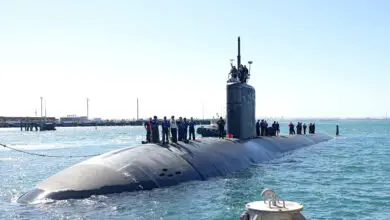

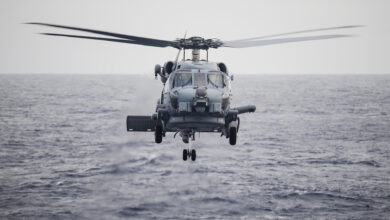
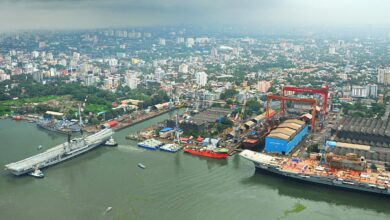

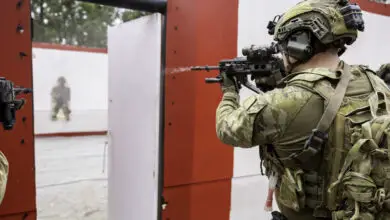
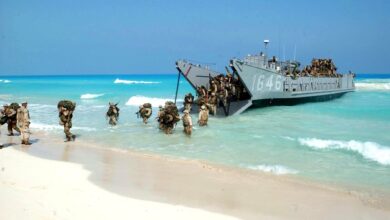
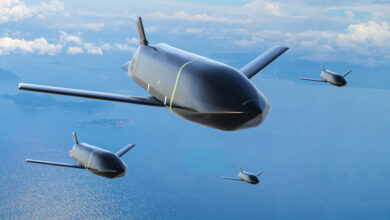
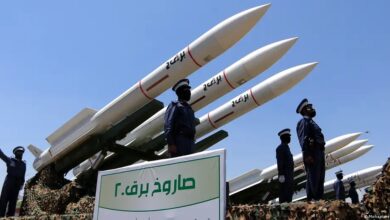

2 Comments